The accursed kings
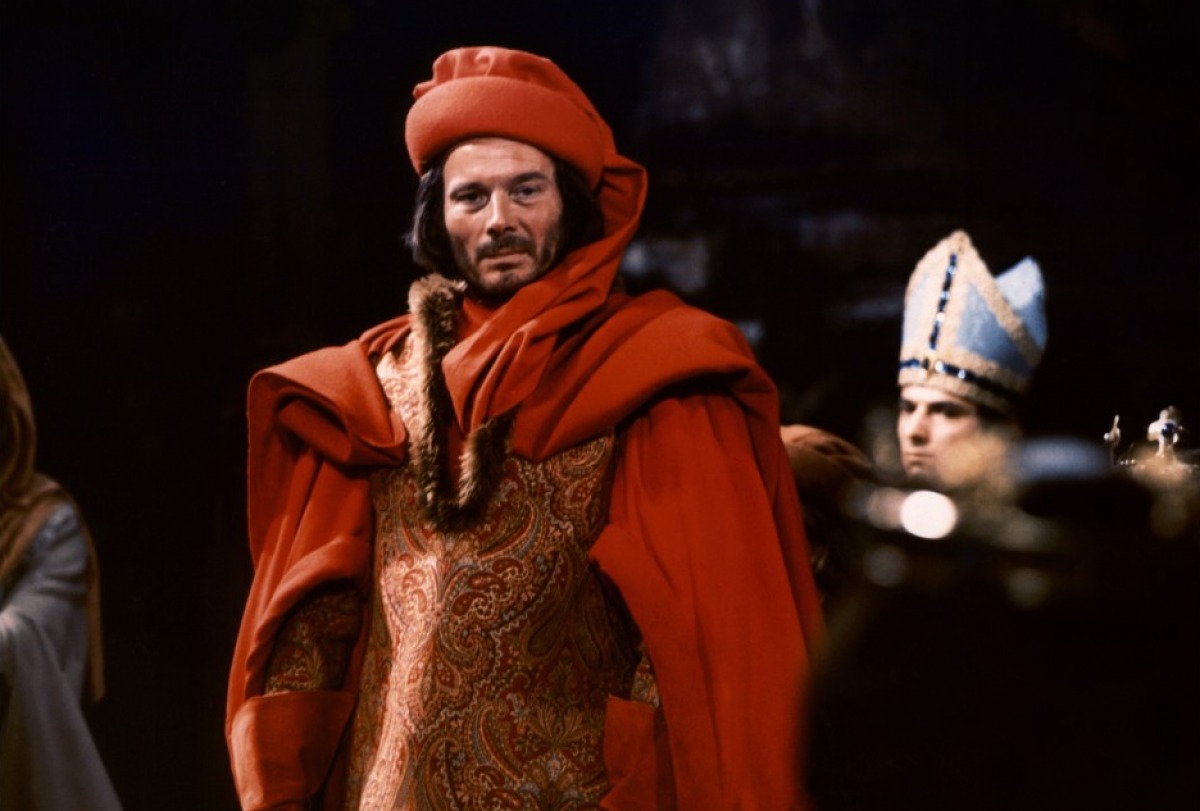
"The Accursed Kings" is a series of historical novels written from 1955 to 1977 by Maurice Druon, a successful French politician and writer. A first television adaptation "The Accursed Kings" was released in 1972. The series, relatively faithful to the literary work, is composed of 6 episodes of 90 minutes, retracing the history of each volume, except the one entitled "When a King loses France", published in 1977. Another adaptation was released in 2005, this time directed by José Dayan with Jeanne Moreau, and allowed the tragedy of these kings of France to be known to a very large audience.
- The Iron King (1955)
- The Strangled Queen (1955)
- The Poisoned Crown (1956)
- The Law of Males (1957)
- The She-Wolf of France (1959)
- The Lily and the Lion (1960)
- When a King Loses France (1977)
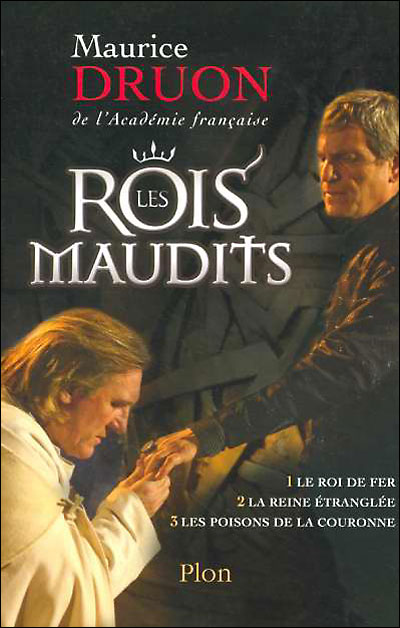
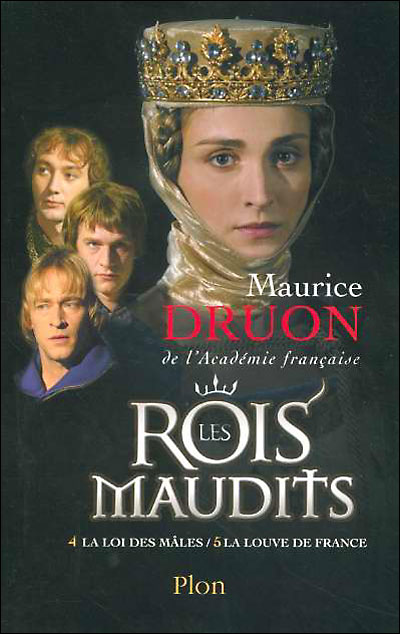
It is based on the tragic history of the Templars, a religious order founded at the beginning of the Crusades in 1129 and the dark period that followed. The French Templar order was dismantled in 1313, as a result of the greed and ambition of a King who could not bear to see a richer and more powerful order standing up to him, while his finances were in a bad way.
Philip the Fair, also called "the Iron King", born in Fontainebleau in 1268, son of Philip III the Bold and Isabella of Aragon was King of France and King of the Capetian dynasty. He ascended the throne at the age of 17. Under his reign, the Kingdom of France reached the height of its medieval power and became a prosperous, powerful and centralized state. He favored the people, to the detriment of the great lords. But the King could no longer manage his finances: the state's coffers were dwindling, causing numerous disputes among the people. Although he was housed in the Temple during the protests, Philip IV the Fair caused the loss of the Templar Order.
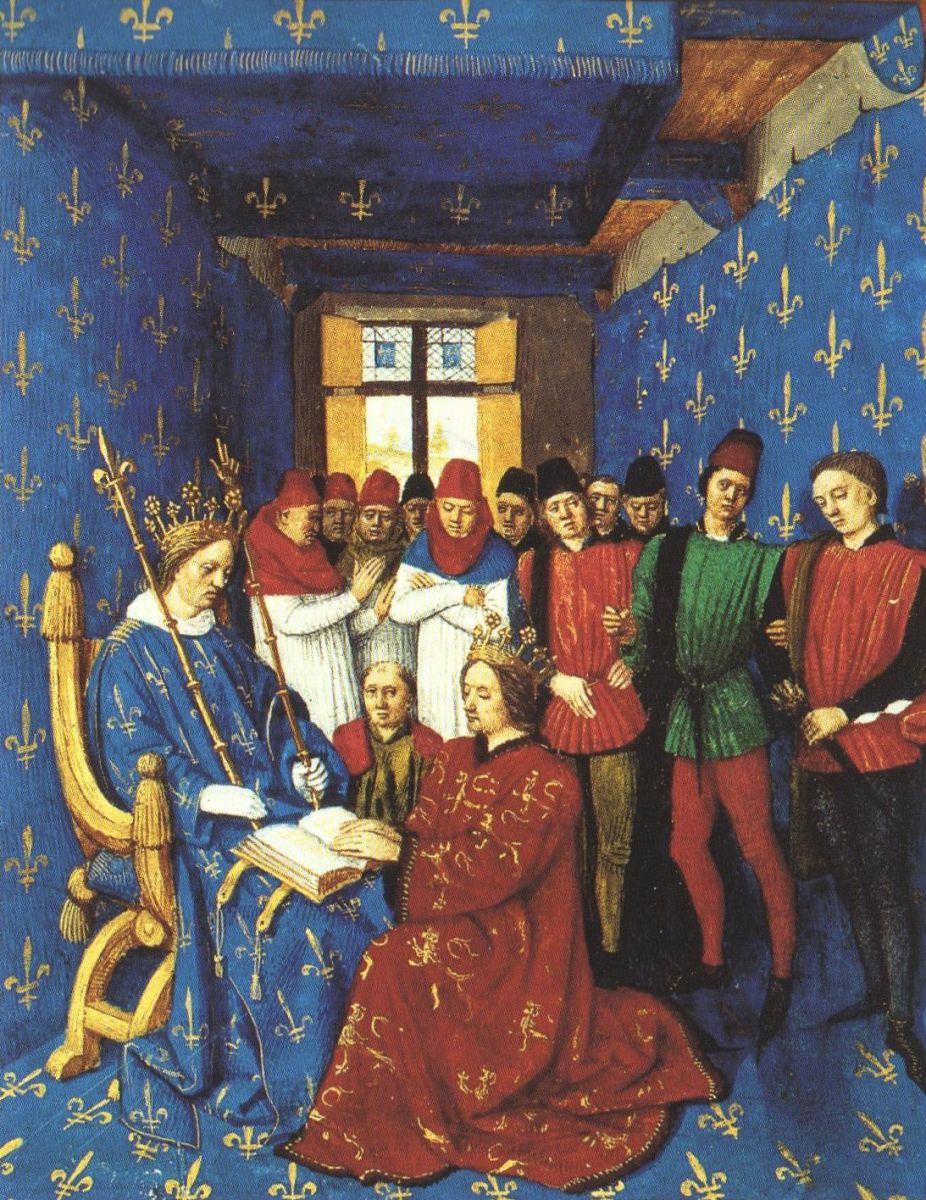
On March 18, 1314, Jacques de Molay, Grand Master of the Temple located in what is now the Marais, was burned alive. He put a curse on Philippe IV Le Bel, Pope Clement V, the Keeper of the Seals Guillaume de Nogaret and their descendants for the next thirteen generations. The King and Pope Clement V died one after the other the same year.
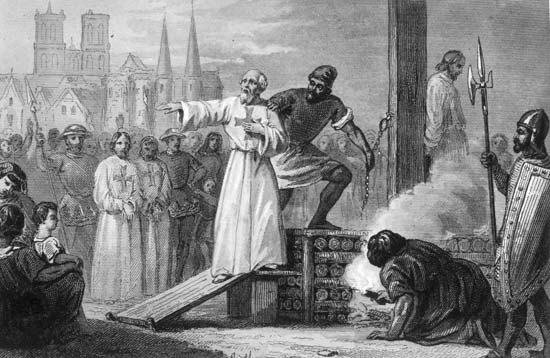
When the King died, the succession seemed assured with his three adult sons and left behind a strong and conquering France. However, the fate of the royal family was not to be. Louis X, the first of the three sons, reigned for only two years and had only one daughter, Jeanne, who was suspected of being illegitimate because she was the daughter of the "adulterous Queen" Marguerite of Burgundy. He remarried to Clemence of Hungary after the death of his first wife and died for unknown reasons. Clemence gave birth to a son, Jean 1er who died a few days later. Without a son to succeed him and with an illegitimate daughter, Philip of Poitiers regained the crown in 1317, giving a false interpretation of the Salic law not allowing any woman to claim the crown of France. In January 1322, Philip of Poitiers died, leaving only daughters behind. Caught in his own trap, they could not succeed him. It was then the turn of the third brother, Charles IV, Count of the March, to claim the throne. In his turn, the King had only daughters despite three marriages and a real problem of succession arose. The king of Navarre Philippe d'Évreux, Edward III and Philippe de Valois fought for the crown. The last grandson of the king was Edward III, the king of England married to his daughter, Isabella the Wolf of France. The peers of France, for fear of losing their privileges and seeing an English king on the throne, tightened the Salic law: women had no access to the succession but moreover, they were not allowed to transmit rights to the succession. The king of England and Philip of Évreux could no longer legitimize the throne and the crown was given to the Valois branch.
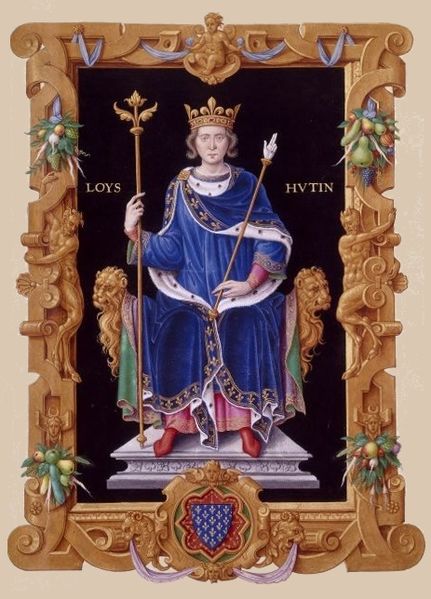
On May 29, 1328, the pairs of France elect Philippe VI of Valois, known as the found king. In less than fifteen years, the dynasty of the Capetians was dissolved, no doubt due to the legal manipulations of the great feudal lords to satisfy their own interests. But there is doubt about the curse pronounced by the Grand Master of the Temple: did it have anything to do with it?
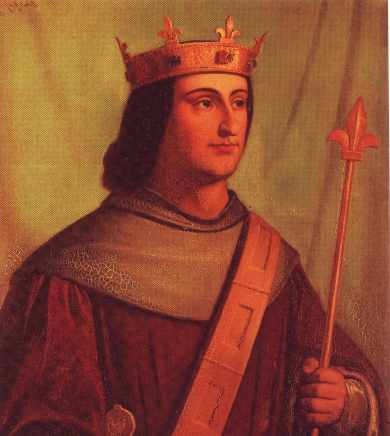
The quarrels that ensued afterwards introduced the beginning of the Second Hundred Years' War.
Sources for the filmography.
http://www.allocine.fr/series/ficheserie_gen_cserie=605.html
http://www.allocine.fr/series/ficheserie_gen_cserie=545.html
http://his.nicolas.free.fr/Panorama/PagePanorama.php?mnemo=RoisMaudits
https://fr.wikipedia.org/wiki/Philippe_IV_le_Bel
Text by Axelle Perrot




.jpg)

